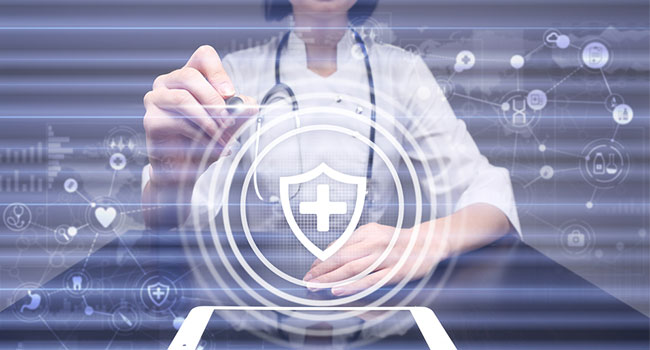
Why Hackers Have Their Sights Set on Healthcare
- By Katya Ivanova
- Jun 19, 2023
We see it time and time again, the headlines splashed along newspapers and email newsletters that a hospital or its network of offices have been hit in a cybersecurity attack. Now more than ever, we continue to expect that attackers will target nursing homes, doctors’ offices, and other medical facilities due to the immense pressure the industry is facing to modernize. While the advancements in technology are vital to ensuring better patient care, they also open doors for threat actors everywhere. The interconnectedness that comes with tying technology together at hospitals is also contributing to their vulnerability.
This creates a unique opportunity for MSPs and IT professionals to help the healthcare industry modernize their backup systems and overall security. Specifically, these teams must work closely with the healthcare IT teams to create an integrated approach to security, protecting critical patient information from threat actors looking for an easy target.
COVID-19 Ushered in a New Virtual Era
The pandemic brought with it a unique set of challenges that may seem obvious, but created a ripple effect that changed the way we view virtual life. With millions of people switching to remote work, a rise in telehealth and more; we saw that individuals became more comfortable sharing their information online – whether that was out of necessity or desire.
That influx was difficult to manage for the healthcare industry though – where systems were outdated, alongside budget and time constraints to update the legacy technology in place. According to a report in Security Magazine, there are three reasons why healthcare organizations experienced a spike in attacks: a high probability to pay ransom, the value of patient records, and often inadequate security. Patient data remains a prime target for threat actors who recognize its value – especially as it’s sold on the dark web.
Hackers Found Their Mark on Tech Targets
In the chaos that stemmed from the pivot to virtual life, hackers had easy pickings for vulnerabilities to exploit. Email phishing scams were one of the most prevalent opportunities for threat actors looking for a quick in. Whether it stems from a lack of training, someone not paying close attention or simply a mistake – phishing remains, even now, a major component of successful breaches. In an instant, a hacker gleans access to an overwhelming amount of individual and/or enterprise data. Given the antiquated systems in place, hospitals often don’t have the automatic tools to detect and mitigate phishing emails before they reach an individual’s inbox.
Another opportunity for hackers targeting healthcare became clear immediately – medical devices. In the same way that consumers have dozens of appliances or devices that need to be connected to their home Wi-Fi – so do hospitals and doctor’s offices. With attackers finding ways to breach network servers through medical devices that are connected, patient data is much easier to exploit. MRI machines and heart rate monitors are listed as weak links in the cyber defense of many hospitals.
Mitigating the Threat
With so many opportunities for hackers to exploit patients, healthcare professionals and hospital systems; it’s more crucial than ever for organizations to invest the time and effort into improving their security posture. This is especially true when weighing the consequences of a breach.
Not only are breaches expensive to fix, but with strict Health Insurance Portability and Accountability Act (HIPAA) rules – fines can be levied against organizations when HIPAA is violated. This personal health information (PHI) that is so heavily protected is both enticing for threat actors, but also gives them the upper hand in ransomware demand situations.
As the healthcare industry has proven to be a lucrative target for threat actors in recent years, we can expect there to continue to be an increase in breaches and ransomware attacks. That said, this is a prime opportunity for security professionals and MSPs to band together to mitigate these threat actors and their methods of attack. In knowing the most effective and often used attack style, healthcare providers can help support themselves and their stakeholders by implementing the right tools, as well as offering the proper training for their employees and patients to avoid exploitation via phishing emails or multi-factor authentication (MFA) attacks.
About the Author
Katya Ivanova is the chief sales officer at Acronis.